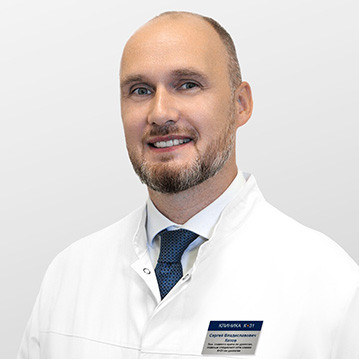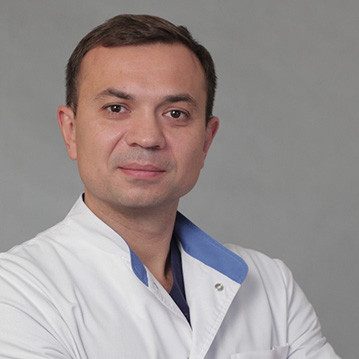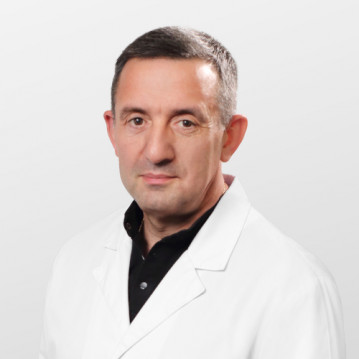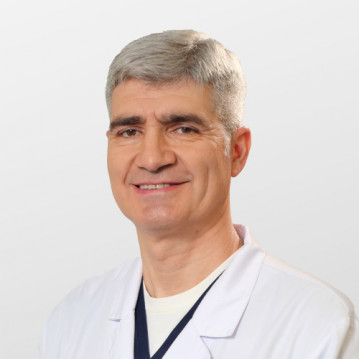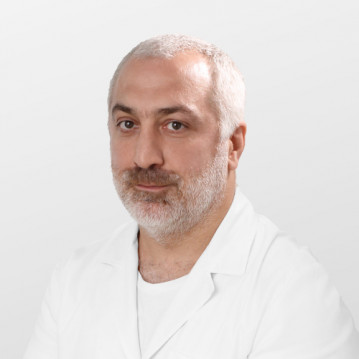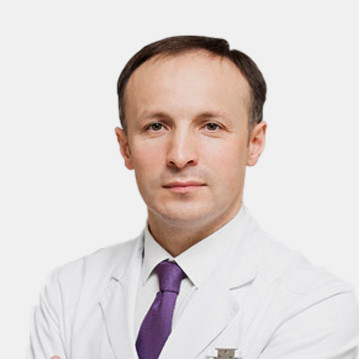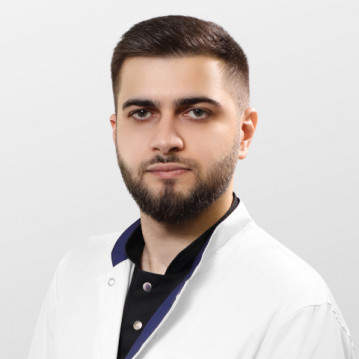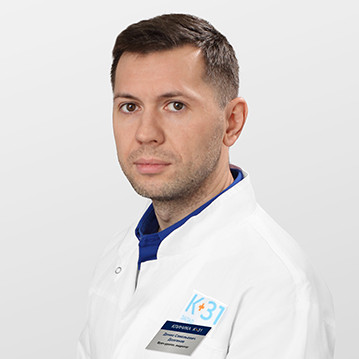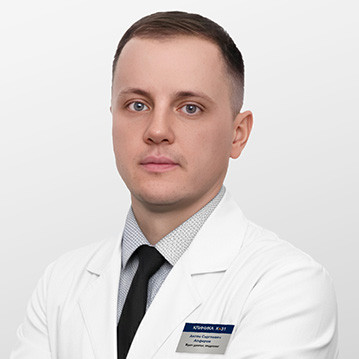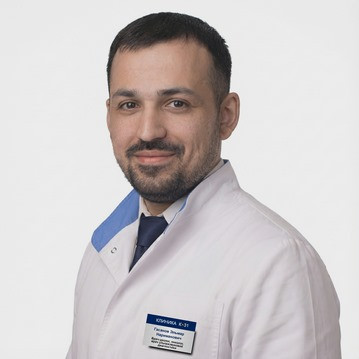Renal cyst is one of the most common pathologies in the practice of a urologist. Most often, the condition is diagnosed in patients older than 45-50 years. With age, the incidence of the disease increases.
The K+31 Medical Center is equipped with modern equipment for high-quality diagnostics and effective treatment of cystic anomalies. Leading specialists of the clinic with extensive practical experience perform the full range of urological operations using unique and proven techniques.
Renal cyst - what is it
A cyst is a violation of the structure of the renal parenchyma in the form of a single or multiple formation of a rounded shape filled with fluid.
There are two main types of cysts: simple and complex. The former are more common, which are benign formations with thin walls and serous contents. Simple acquired formations, as a rule, rarely degenerate into malignant ones and do not pose a danger to human life.
The increase in cystic cavities and the progression of the process lead to pronounced changes in the tissue of the organ, hemodynamic disturbances, and the development of chronic nephritis.
Reason for appearance
The development of cysts in the kidneys is more predisposed to male patients with increased body weight, suffering from hypertension, diabetes mellitus, infectious and inflammatory diseases of the urinary tract, urolithiasis. These conditions cause deterioration of blood circulation and metabolic processes in the kidney, growth of connective tissue structures.
Renal cysts can be congenital or acquired. Among the main factors contributing to their formation, the following can be distinguished:
- Inflammatory changes due to pyelonephritis, glomerulonephritis and other pathologies that cause damage to the parenchyma of the organ.
- Traumatic injuries of the lumbar region.
- Tuberculosis, neoplasms, ischemia.
- Increased load on the urinary system associated with age.
- Anomalies in the development of a congenital character, genetic features.
- Frequent hypothermia.
Some types of cystic growths are caused by local destruction of tissue (for example, with an abscess).
Multiple formations are possible in patients on hemodialysis.
As the pathology progresses, the formation grows. An increase in size is accompanied by compression of the structures of surrounding tissues, blood vessels, nerve endings, and difficulty in the outflow of urine.
Symptoms
The disease often proceeds without discomfort and severe clinical symptoms, due to the slow growth of the cyst. Basically, the pathology is detected by chance during the ultrasound and tomography during the examination.
The pressure of the growing cyst on the vessels and nearby structures is accompanied by dull or aching pain in the lumbar region, discomfort, high or unstable blood pressure, cardialgia, tachycardia, etc.
Large cystic formations cause disruption of urodynamics. There are frequent urges to empty, urinary retention, signs of intoxication appear: severe weakness, fever and other negative symptoms. Urinalysis reveals hematuria, leukocyturia, the presence of red blood cells.
In a complicated course, there is a clinical picture of an acute purulent process with characteristic symptoms of inflammation.
Classification and stages of development
There are several classification options depending on the location of cystic cavities, their origin, structure, etc.
Among the varieties of simple cysts, single and multiple, serous, hemorrhagic, etc. are distinguished. By location, they are subcapsular, in the region of the renal pelvis, in the thickness of the tissue.
Based on the characteristics found on the CT scan and the risk of degeneration, there are several categories of kidney cysts:
- Simple single-chamber cavity with negligible chance of malignancy that does not require therapy.
- Benign formations with the presence of microcalcifications and internal partitions, up to 3 cm in diameter. Dynamic monitoring by ultrasound is necessary.
- Complex cysts of the right and left kidneys with a high risk of malignancy, which are subject to surgical removal.
- Cystic growths showing signs of malignant transformation. Surgery is urgently needed.
The pathology under consideration also includes dermoid tumors, abscesses of the organ, which have a different etiology.
Consequences
One of the most common complications is the infection of the cyst and the development of suppuration. Traumatic damage to the formation with the appearance of a hematoma is possible.
Other consequences of the pathology include urinary stasis, organ atrophy, nephrogenic hypertension, malignancy of growth.
Sudden severe pain symptoms in the lumbar region may indicate a rupture of a cystic formation - a condition requiring emergency medical measures.
